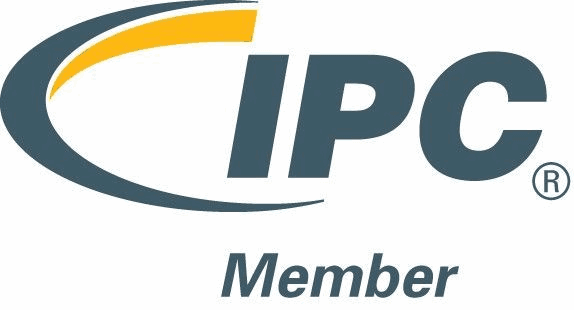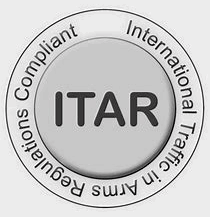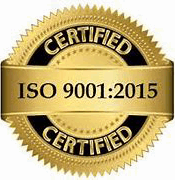Today’s electronics manufacturing service (EMS) companies face a unique set of challenges in the global marketplace. Supply chain issues still persist for many products, making it difficult (or at times impossible) to procure critical materials and components. Those issues are often exacerbated by inefficient material management processes – and in the modern electronics manufacturing realm, efficiency in material management is paramount.
Electronics manufacturers today must streamline their processes, integrate the latest production technologies, and achieve a productive level of growth without overextending their resources if they strive to remain competitive through 2023 and beyond.
The Top Three Challenges for Today’s Electronics Manufacturers:
-
Ongoing Supply Chain Disruptions
Unfortunately for EMS companies worldwide, supply chain issues did not completely subside along with the COVID pandemic. Ongoing effects to the global manufacturing landscape and economy have made the procurement of some electronics parts extremely difficult, if not cost-prohibitive.
While supply chains have steadily improved – and should continue to stabilize with the trend of onshoring, the CHIPS Act, and other economic factors – EMS companies are still contending with unforeseen component shortages, shipping delays, and/or highly fluctuating prices. For many vendors, the necessary choice has been a move away from just-in-time (JIT) manufacturing services in exchange for longer-term production plans and maintaining higher inventories.
-
Inefficiency in Material Management
Supply chains today are a delicate balancing act for electronics manufacturers in which we must precisely manage material/part procurement and eliminate excess inventory wherever possible, all while avoiding component shortages. Obviously this is no small task – especially when supply chains become disrupted, delaying shipments and extending lead times.
Navigating the modern world of electronics material management requires a wealth of industry experience and long-standing connections. Sometimes we even have to look beyond the industry and gauge overall economic trends to more efficiently map out future production and remain flexible when the market moves. That’s where it truly counts to have one of the industry’s leading electronics manufacturers on your side.
-
Achieving Sustainable Growth without Overextending
So the overarching issue for EMS companies today seems to be how to remain flexible and achieve sustainable growth, while simultaneously running as lean as possible – eliminating almost all waste and excess inventory. How do we achieve these aims here at MPL?
We work closely with all of our customers to develop the most efficiently optimized production plans possible for each unique project and market. We strive to establish long-term, mutually beneficial partnerships which are both highly profitable and sustainable – not just today or this quarter, but long into the future.




